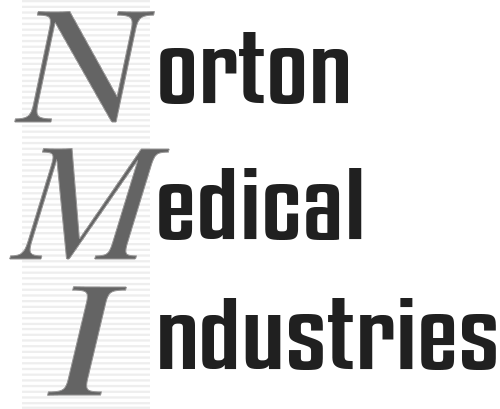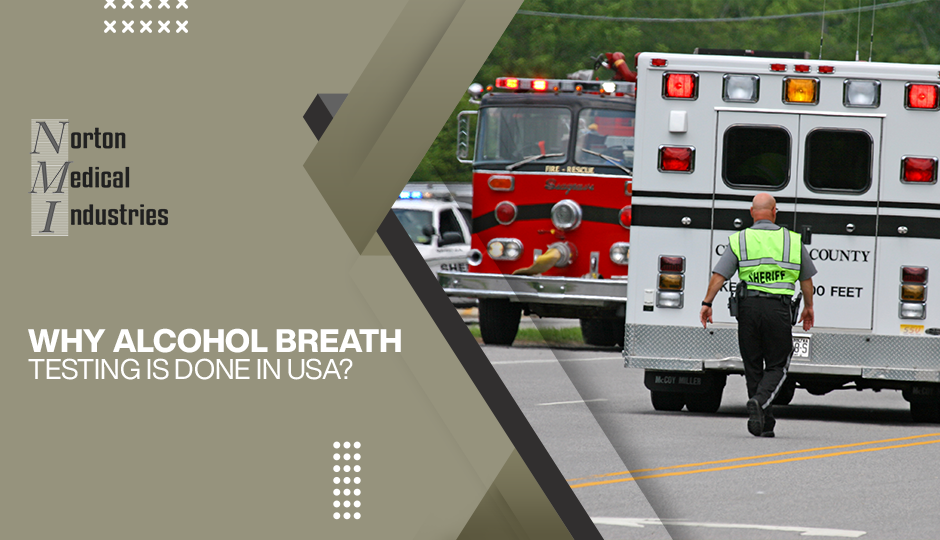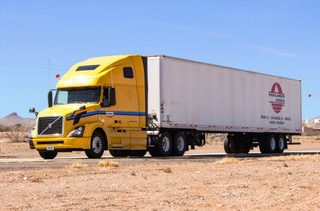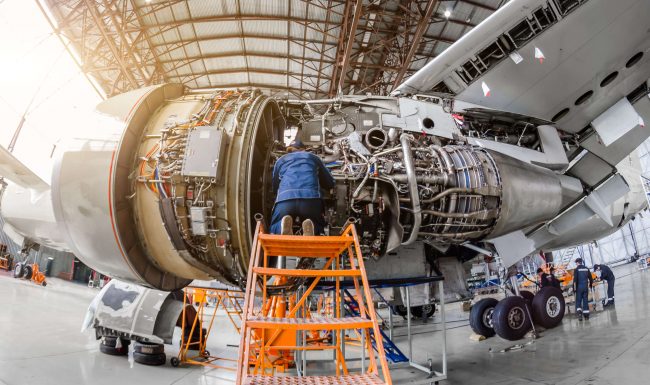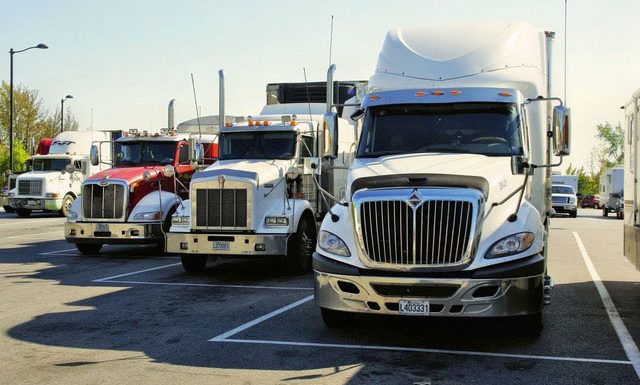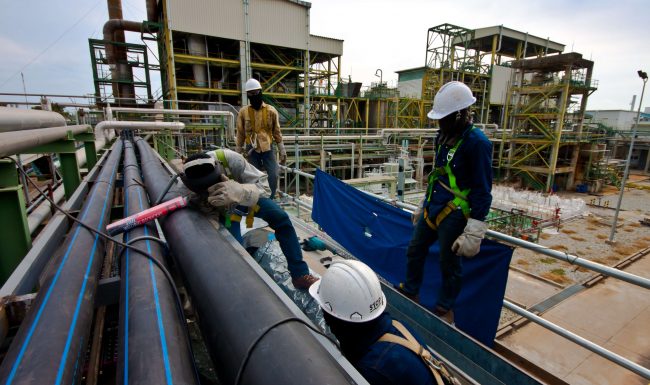Breath Alcohol Test for Employment
In the United States, alcohol breath testing is a common practice that is used to test employees for the presence of alcohol in their system. This is typically done in industries that have safety-sensitive positions, such as transportation, aviation, and manufacturing. The use of alcohol breath tests is governed by CFR 49 Part 40, which outlines the regulations for alcohol and drug testing in the workplace.
Why Alcohol Breath Testing is Done in the USA
The primary reason for conducting alcohol breath testing in the workplace is to ensure the safety of employees and the general public. In safety-sensitive industries, even a small amount of alcohol can impair an employee’s judgment, reaction time, and ability to perform their job duties safely. For example, a commercial truck driver who is under the influence of alcohol can be a serious hazard on the road, potentially causing accidents and putting other drivers at risk.
Alcohol breath testing is also done to deter employees from coming to work under the influence of alcohol. By implementing a testing program, employers can send a clear message that alcohol use is not tolerated on the job. This can help create a safer work environment and reduce the risk of accidents and injuries.
Referring to CFR 49 Part 40
The regulations governing alcohol breath testing in the workplace are outlined in CFR 49 Part 40. According to these regulations, pre-employment alcohol tests are optional, but random testing of at least 10 percent of the workforce is required. Employers are also required to test employees who have been involved in accidents, as well as those who exhibit signs of alcohol use, such as slurred speech or unsteady gait.
Employees who test positive for alcohol are typically removed from their safety-sensitive positions and are required to complete a substance abuse program before returning to work. In some cases, employees may be terminated if they test positive for alcohol.
Conclusion
Alcohol breath testing is an important tool for ensuring the safety of employees and the general public in safety-sensitive industries. By implementing a testing program, employers can deter employees from coming to work under the influence of alcohol, creating a safer work environment and reducing the risk of accidents and injuries. While pre-employment alcohol tests are optional, random testing of at least 10 percent of the workforce is required by CFR 49 Part 40. By adhering to these regulations, employers can help create a safer workplace for all employees.
